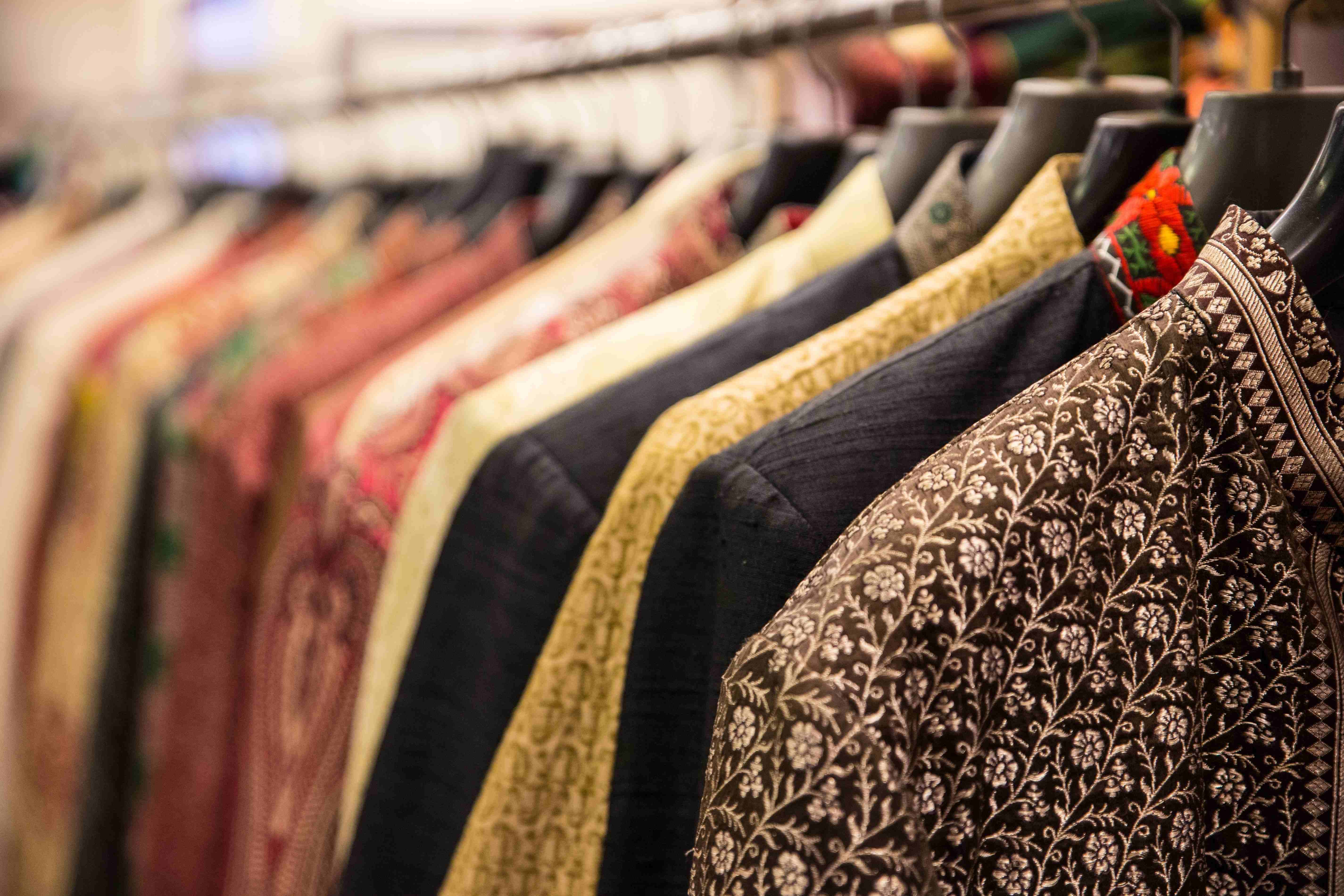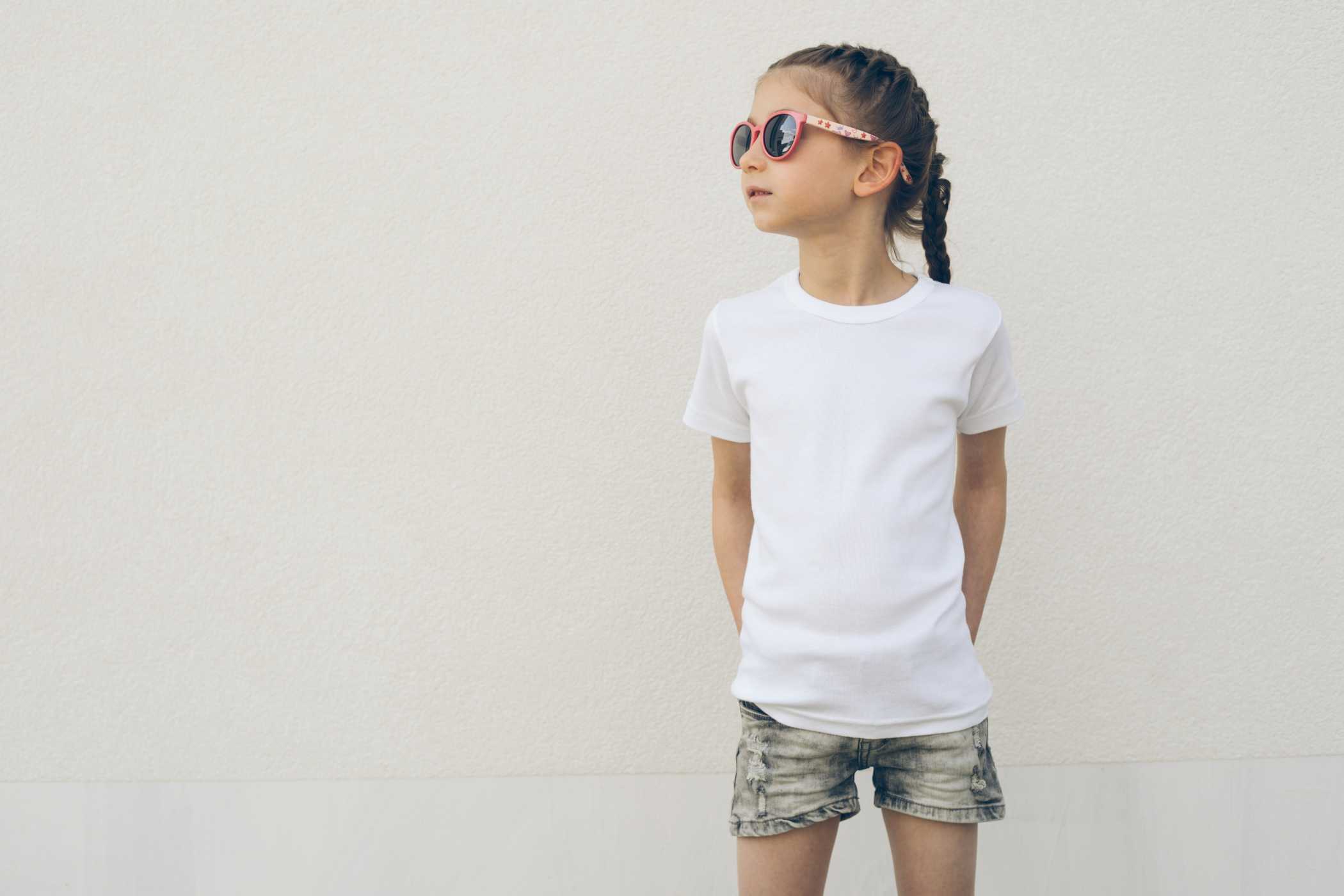Natural Vs. Synthetic: What’s Best For a Sofa?

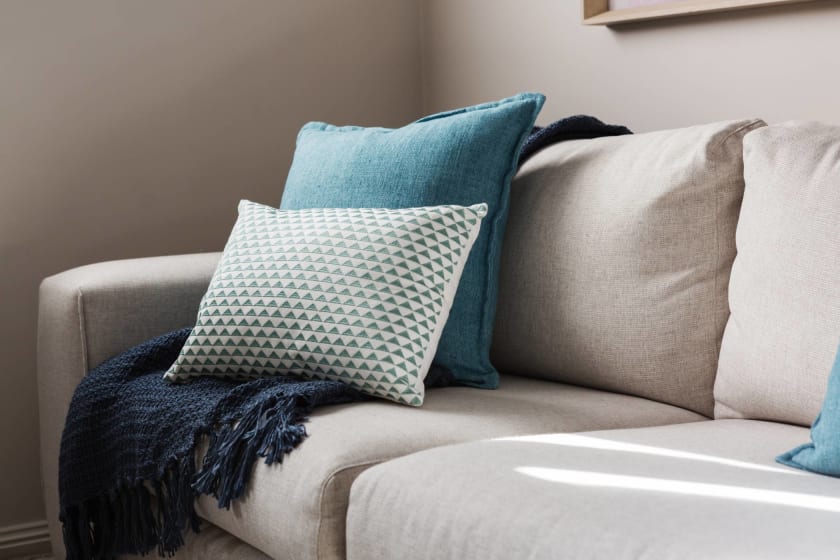

Sourcing the right fabric to manufacture a sofa is absolutely crucial in order to deliver the right product to the end customer. Needless to say, choosing the right sofa fabric and deciding between natural or synthetic fabrics can get tricky. And with so many alternatives in the market, it becomes even more challenging.
Here’s a guide on sofa fabrics for you to understand the pros and cons of using either natural or synthetic materials.
Natural fabrics
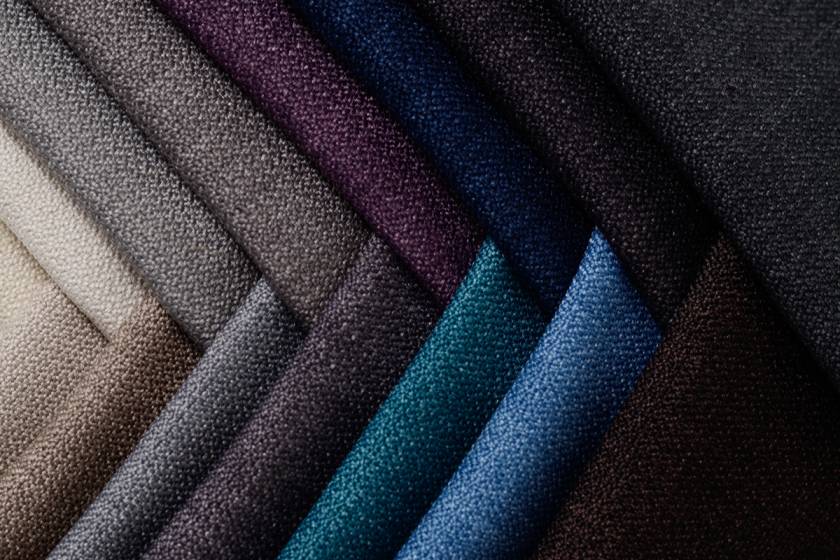
Some consumers prefer natural fabrics because of the breathability of the yarn. They do not feel hot or flustered when they sit on natural sofa fabrics. Cotton, wool, linen, silk, and leather are some of the commonly used natural sofa fabrics.
1. Cotton
Cotton is derived from the cotton plant and is one of the most popular materials used as a base for sofa fabric. Due to its breathability and soft texture, it is preferred by furniture manufacturers a lot. Due to its relatively lower cost, consumers prefer to buy them.
Pros:
Cotton is resistant to wrinkles and is hypoallergenic; so, people with sensitive skin can use it easily. It is resistant to soiling and fading and quite easy to maintain with regular vacuum cleaners. Often, cotton is blended with twill or polyester to make it stain-resistant and resilient. It retains the shape and over the years does not sag or become loose.
Cons:
Cotton is extremely absorbent, and hence it is prone to staining. Spilled liquids easily seep into the woven mesh and the stain is quite difficult to remove. Moreover, textured cotton fabric wears much faster than many other fabrics and the sofa starts looking worn out. Polyester blended cotton is very durable, however, the breathability is reduced.
2. Linen
Made from fibers of the flax plant, this fabric is tougher than cotton.
Pros:
Since this sofa fabric can be stitched with ease, it can be stuffed with a sponge or other fillers easily and converted into a soft and sturdy seating choice.
Cons:
The threads of linen fabric are not tightly woven and therefore it wears out faster. It soils and wrinkles easily, requiring professional cleaning to get the best out of the fabric. Hence, it is high on maintenance and should be considered only by people who can devote that kind of time and effort.
3. Leather
Leather is created by drying and tanning animal skins. Some people prefer it for the plush look it gives. The skins of goats and buffalo are commonly used to extract leather.
Pros:
Leather’s durability is very high and leather furniture gives a rich feel in the living room. With extensive use, it becomes softer and many users feel that it understands their touch. Leather is low in maintenance and can be cleaned with a damp cloth and gentle vacuuming. Leather conditioners can be used to bring back the sheen of the surface.
Cons:
Leather is not a desirable sofa fabric for hot and humid areas because it feels sticky and uncomfortable. Besides, it can be easily cut by sharp objects and can be damaged while relocating or in transit.
4. Wool
Wool is derived from the body hair of sheep, llamas, goats, bison, rabbits, and yaks. It is often blended with synthetic fibers to make it suitable for sofa fabrics.
Pros:
Wool is highly durable and sturdy and people living in colder regions prefer this sofa fabric for the warmth and comfort it provides. Wool does not soil, fade, fray or wrinkle easily. Since wool blends are easy to clean and maintain and do not cost an arm and leg, many consumers prefer this sofa fabric.
Cons:
Some people are allergic to wool and it feels itchy to touch and sit for longer durations.
5. Silk
Silk is a byproduct of silkworms and after undergoing proper treatment in the factories, the silk fabric is woven.
Pros:
Silk sofa fabric is strong and stain-resistant. Since dyes work very well with this fabric, artisans can come up with great designs with this fabric. The texture of this fabric is very smooth and the subtle sheen makes it look very rich and elegant.
Cons:
Silk being an expensive material is not very popular amongst buyers. Since it is a natural fabric, even after mixing it with synthetic fibers, it is prone to wear and tear faster.
Synthetic
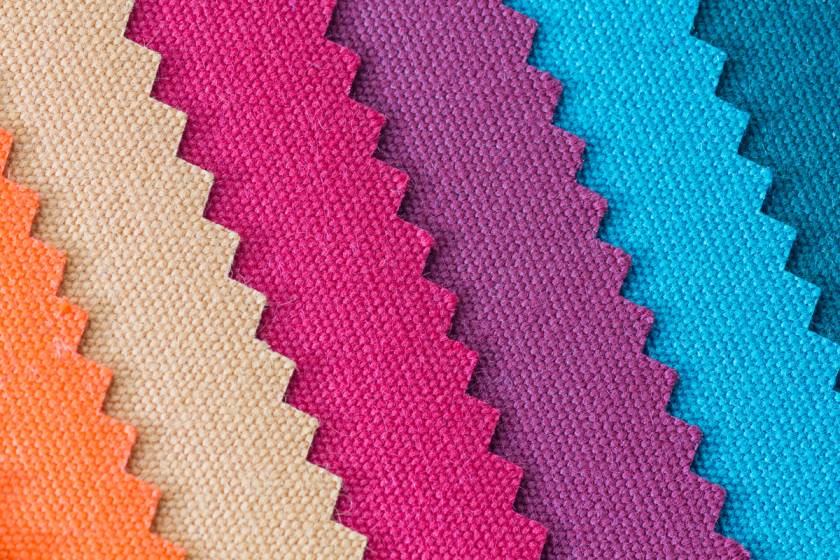
Man-made fibers are produced from chemicals and are treated in factories before they are sold to the consumers. Polyester, acrylic, velvet, suede, and rayon are some of the popular sofa fabrics used by furniture manufacturers regularly.
1. Velvet
Velvet is often made of synthetic or natural fibers, however, the one which is blended with polyester (made from petroleum) is most commonly used as sofa fabric.
Pros:
The velvet material is very durable and looks very elegant and classy when used for sofa covers. The colors are exotic and many people prefer the touch and feel of velvet. It blends well with various kinds of decor styles.
Cons:
The material is highly flammable and the safety aspect cannot be neglected with furniture materials. It absorbs dust very easily and people who are allergic to dust mites do not prefer this material.
2. Microfiber
This is the most popular sofa fabric. It is made from various blends of polyester and gives a great touch and feel. It looks and feels like suede and many people are moving towards this option.
Pros:
It is extremely popular due to its durability and since it is easy to clean and maintain, this material suits the lifestyle of the busy urban population. Moreover, it is affordable and the colors suit every home decor.
Cons:
Microfibers do not have many negatives and hence have become the most popular choice for sofa fabrics. Only if light colors are chosen, the stains might be difficult to remove and will need deep cleaning.
3. Leather Blend
Scraps of leather are blended with other fabrics like polyester, cotton, rayon etc. and leather blends are created.
Pros:
Leather blends are much cheaper than real leather, and therefore quite popular. Since they have a blend of other fabrics, the material is more breathable.
Cons:
Leather blends are not very durable, especially in sunlight as the color of the sofa fabric will fade very easily.
ConclusionIf you are looking to partner with manufacturers to create sofa upholstery, get in touch with Fashinza. We work with top brands like Cilory, Libas, Nykaa, Zinc London, Forever 21 to produce fashion apparel. If you are a procurement manager in a clothing factory looking to source sofa fabric, you may choose to reach out to our dedicated team for further support. They will be able to provide end-to-end solutions for entire business units, factories, and stores.















